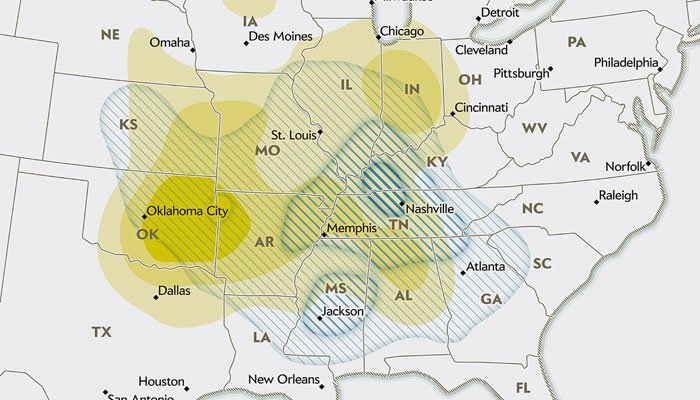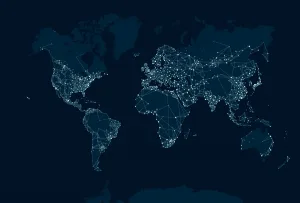Tornado Alley and Beyond: Expanding Zones of Tornado Activity
Tornadoes have long been a destructive force across the United States, causing significant damage and loss of life. Recent data, visualized through maps and charts, helps illustrate the frequency, intensity, and regions most affected by these natural disasters.
In 2023, the U.S. experienced over 1,200 tornadoes, an unusually high number. Tornado Alley—covering Texas, Oklahoma, Kansas, Nebraska, and South Dakota—remains a hotspot due to its geographical and meteorological conditions. However, increased tornado activity in the Southeast and Midwest has raised concerns, suggesting changes in weather patterns and possibly climate change.
The data shows its activity peaking in the spring and early summer, particularly in May and June. This timing aligns with the meeting of warm, moist Gulf air and cold, dry air from the Rockies, which fosters its formation.
Additionally, more intense tornadoes, rated EF3 and above, are being reported. These storms can cause severe damage and endanger lives. The increasing frequency of such powerful tornadoes highlights the need for improved forecasting and early warning systems.
More from wakopedia: Human Brain Robots Unveils in London
Advancements in radar technology, satellite imagery, and computer modeling have enhanced tornado tracking and prediction. Public awareness campaigns and education on safety measures have also contributed to reducing casualties.
The increasing occurrence of tornadoes outside traditional hotspots like Tornado Alley has prompted a significant reevaluation of preparedness strategies nationwide. Consequently, communities that previously experienced few tornadoes are now focusing more on building resilient infrastructure and enhancing early warning systems. Additionally, schools and public institutions have begun to incorporate regular tornado drills, while local governments invest in public education campaigns. These initiatives aim to ensure that residents know how to respond during a tornado. As a result, these efforts are crucial in minimizing casualties and property damage as tornado patterns shift. Moreover, they underscore the critical need for adaptive measures in the face of changing climate conditions.
Experts stress the importance of ongoing research and preparedness as tornado patterns evolve. The maps and charts not only document past events but also serve as vital tools for future planning and risk management.




